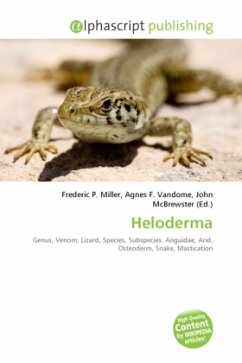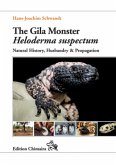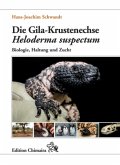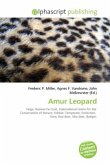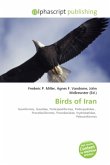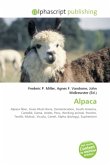Heloderma, the only genus of the family Helodermatidae, consists of venomous lizards native to the southwestern United States, Mexico and as far south as Guatemala. It includes two separate species, with six subspecies. Their closest living relatives are the anguid lizards. Helodermatids are large, stocky, slow-moving reptiles that prefer semi-arid habitats. The tails are short and used as fat storage organs. They are covered with small, non-overlapping bead-like scales, with osteoderms on the underside of the body. Both species are dark in color, with yellowish or pinkish markings. Members of the family are venomous. Unlike snakes, venom glands are located in the lower jaw, and cannot be ejected under pressure. The venom is typically used only in defense, rather than in subduing prey, and the lizard must chew on its victim to work the venom into the flesh. Venom glands are believed to have evolved early in the lineage leading to the modern helodermatids, as there are indicationsof their presence even in the 65-million-year-old fossil genus Paraderma.
Bitte wählen Sie Ihr Anliegen aus.
Rechnungen
Retourenschein anfordern
Bestellstatus
Storno

